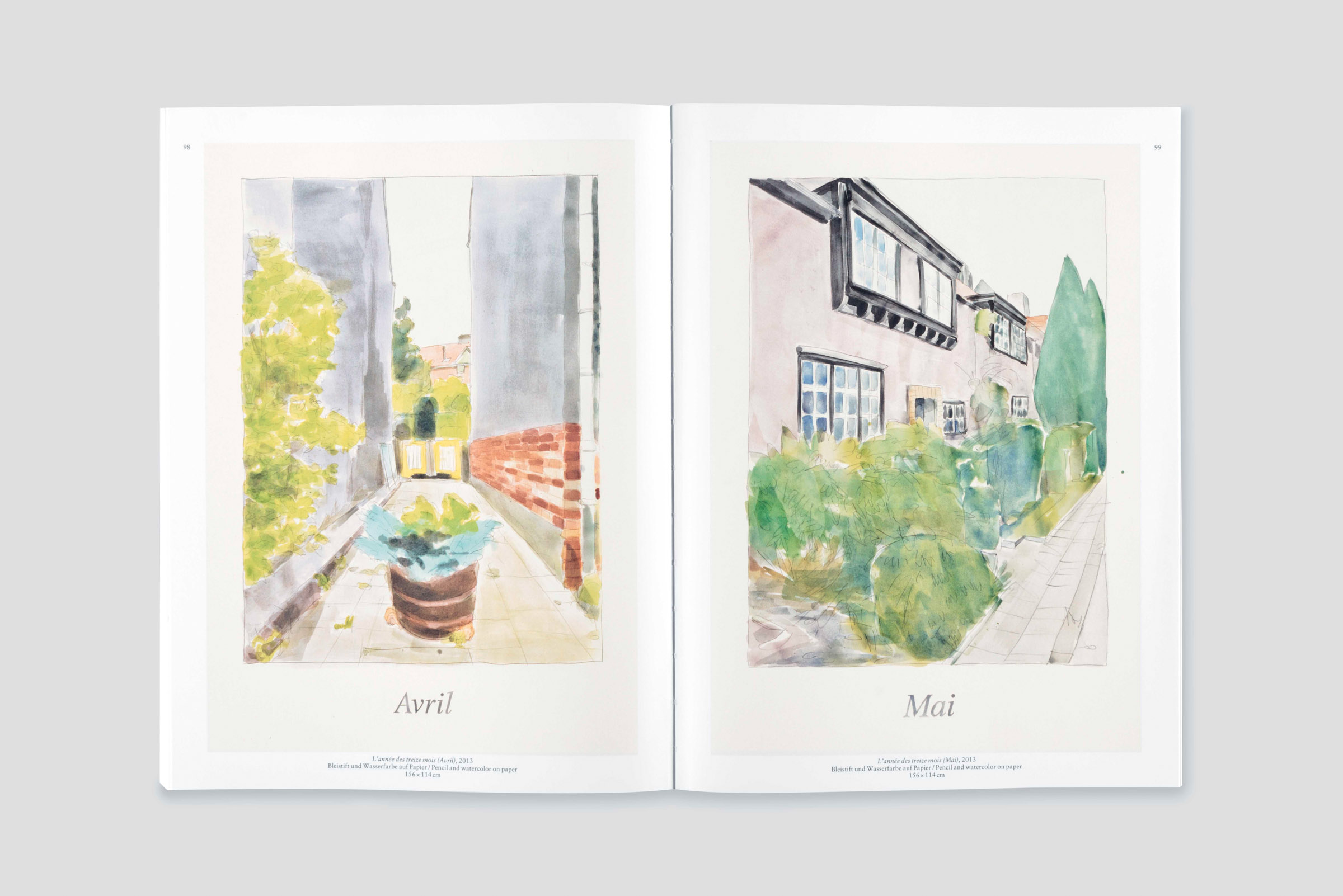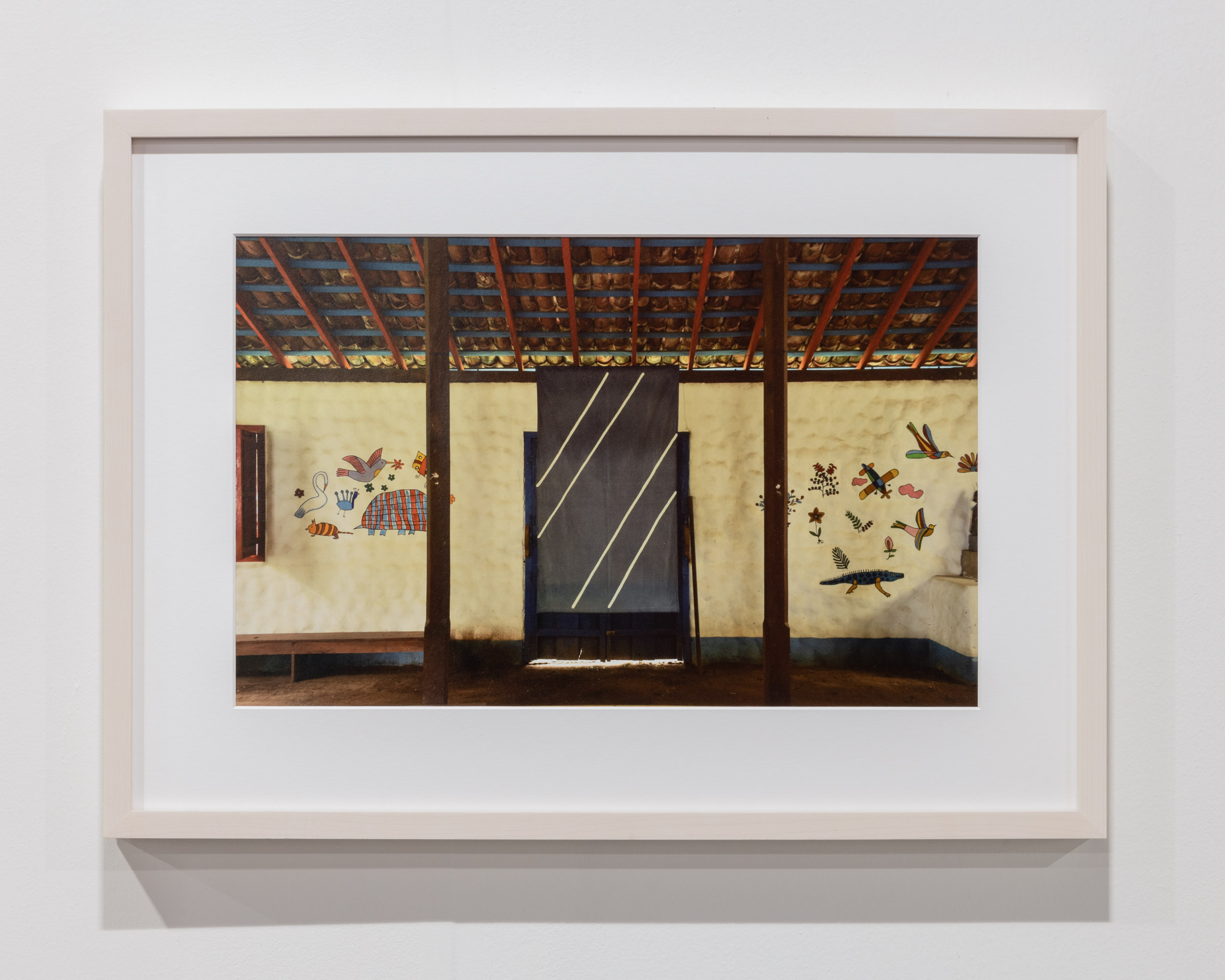3 Writers on Boris Rebetez
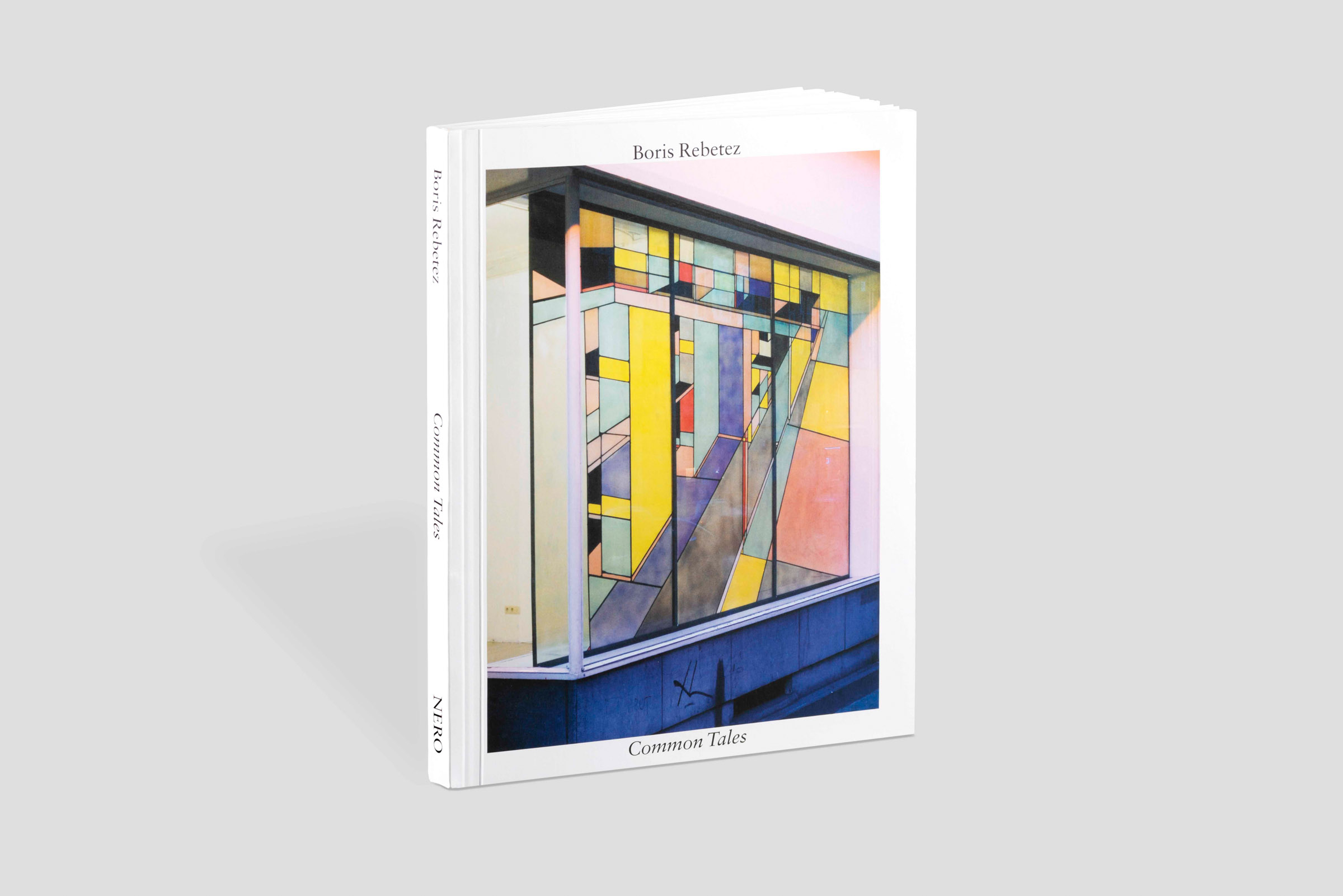
The artist is known for large-scale interventions that push the familiar into the unknown. We share exclusive excerpts from 'Common Tales', his new monograph
Ines Goldbach, On the Move. Boris Rebetez’s Understanding of Space
‘Rebetez sends the viewer on a kind of exploratory tour through interior and exterior spaces. Curious passers-by may encounter his interventions unexpectedly, both in institutional contexts and *Per Cent for Art projects. Almost always, his spatial formulations disrupt the viewer’s routine, moving from the familiar into an unknown and thus also questioning moment, how we – regardless of our individual background – engage with, experience and remember a space.’
‘We are often reflected in his installations, objects or drawings, whether we have the necessary criteria to experience a space as positive, negative, open, narrow, trusted or frightening, whether it inspires us or causes us to march on through, and whether the given object we are looking at is able to remind us of or even refer to something concrete.’
*(art in architecture projects)
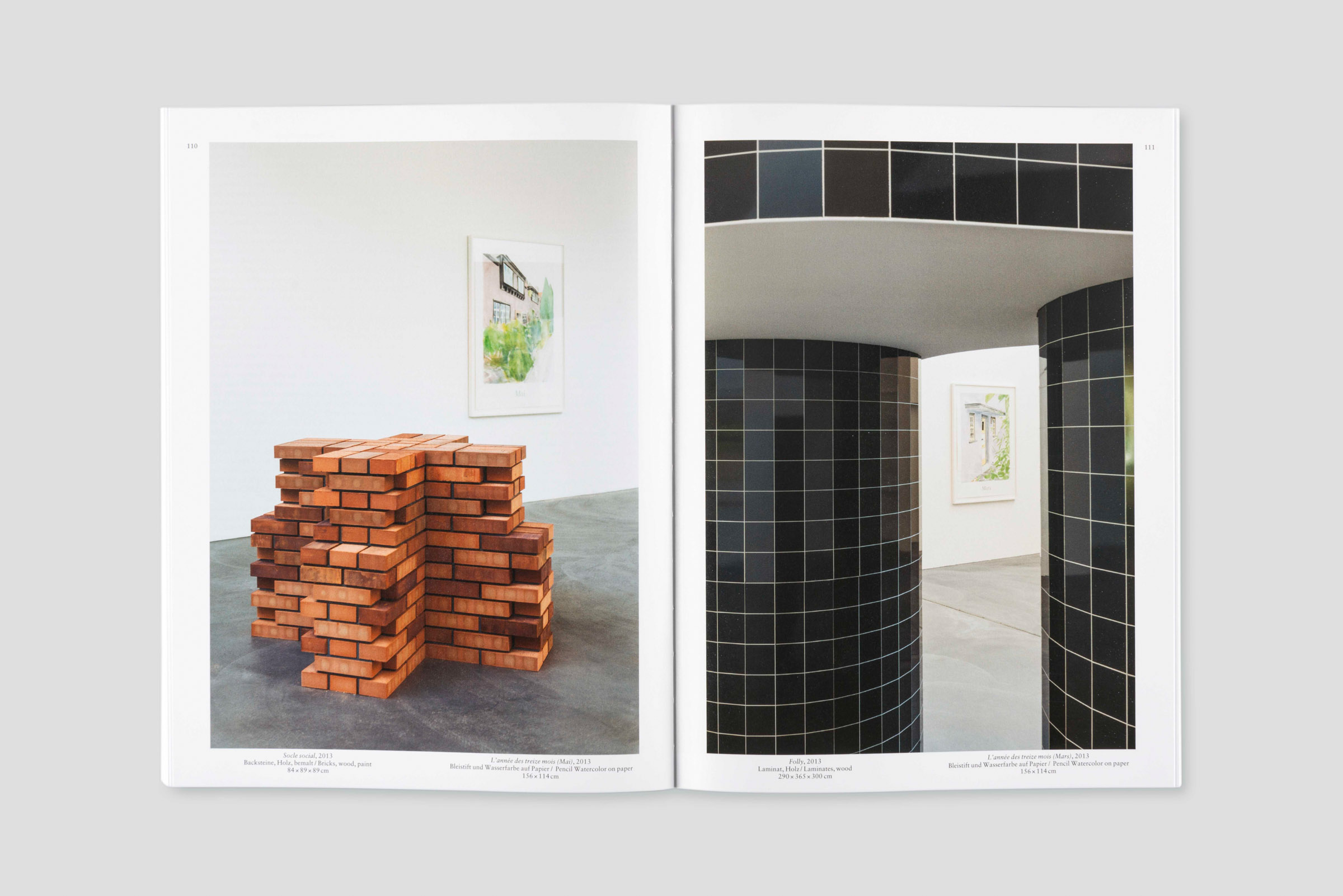
Showing the exhibition 'Syndrome Temporel' at von Bartha, Basel, 2013
Reto Thüring, Resonant Spaces
‘In a recent interview, Boris Rebetez explained that the given space “defines the work for a large part,” the exhibition space is therefore part of his work. The connection between space and the artwork has an extensive history in the twentieth century, whereby two partly overlapping views stand out. One view posits space primarily as an institutional framework, the artwork within it as a possibility to negotiate its political, historical, and cultural dimension. The other way of thinking understands space primarily in formal terms, the work as a response to a certain architectural, materially-determined entity. Rebetez does not engage in institutional critique in a conventional sense, but neither does he exhaust himself in the pursuit of pure formalism. Instead, a “third space” subtly opens up, its chief attributes perhaps most fittingly described as aesthetic and socio-critical.’
‘[…] Even where Rebetez subtly inserts his work into the given space, the socially-connoted character of the site is invariably taken into consideration along with the material make-up of the architecture. As spatial interventions, his works therefore function as dual lessons in architecture and the social sciences, honing the view and understanding of the history, logic, and function of a particular place. The idea of a “third space” mentioned at the outset manifests itself in the works’ inherent reference function to a dimension beyond the given site and the temporally superordinate. On this meta level, Rebetez’s work productively breaks with current ideas about functionality or linearity. Instead, a frame of reference opens up that conceives of constructed or designed reality as an arrangement of symptoms and signs—a resonant space, the totality and limitations of which can only be conceived through the viewer’s individual perspective.’
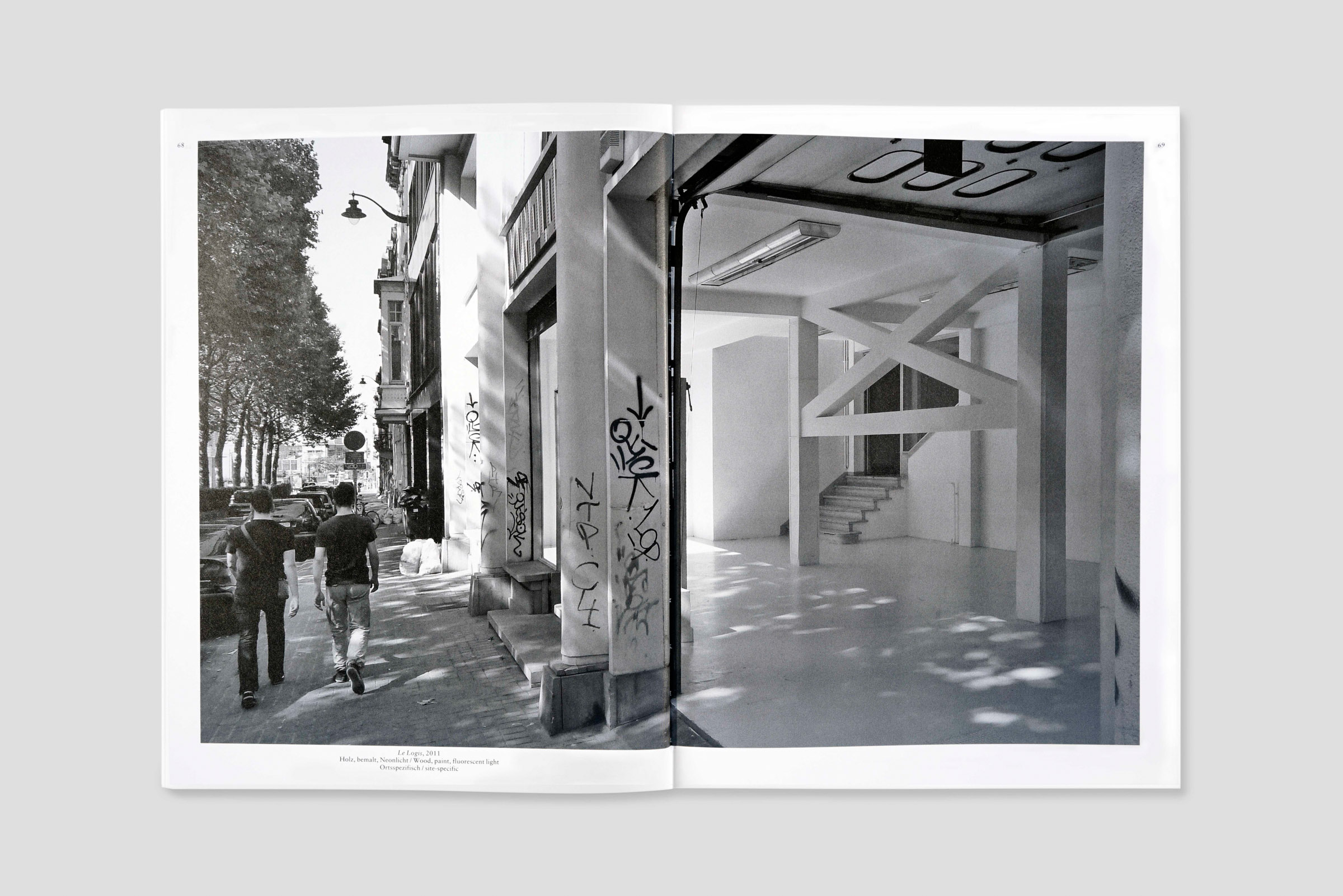
Wood, paint, fluorescent light
site-specific
Philip Ursprung, Beyond Site – specificity: On Boris Rebetez’s Art
‘[…]Rebetez thus demonstrates that architecture is never really fixed, but rather a process in which object and narrative, material and imagination, logic and chance all have a part to play. He invites the viewers of his works to experience architecture as something that could be this like this or perhaps different again. While artworks need a spatial and institutional framework, buildings get by without protection to speak of. Accordingly, there is little to control their reception. Once they have been handed over, they are left unto themselves and the forces of the weather or the ravages of time. Rebetez’s artistic attitude is characterized by an equanimity towards his own works. It radiates that optimism inherent in every piece of architecture. And it transfers itself involuntarily to everyone who comes into contact with it.’
- Common Tales explores more than 20 years of Boris Rebetez’s practice, and is the most recent survey of his work.
With texts by Ines Goldbach, Meredith Stadler, Adam Szymczyk, Reto Thüring and Philip Ursprung / Format: 28 x 21 cm – Pages: 188 – Language: DE / EN. See more

Publisher: Nero Editions
